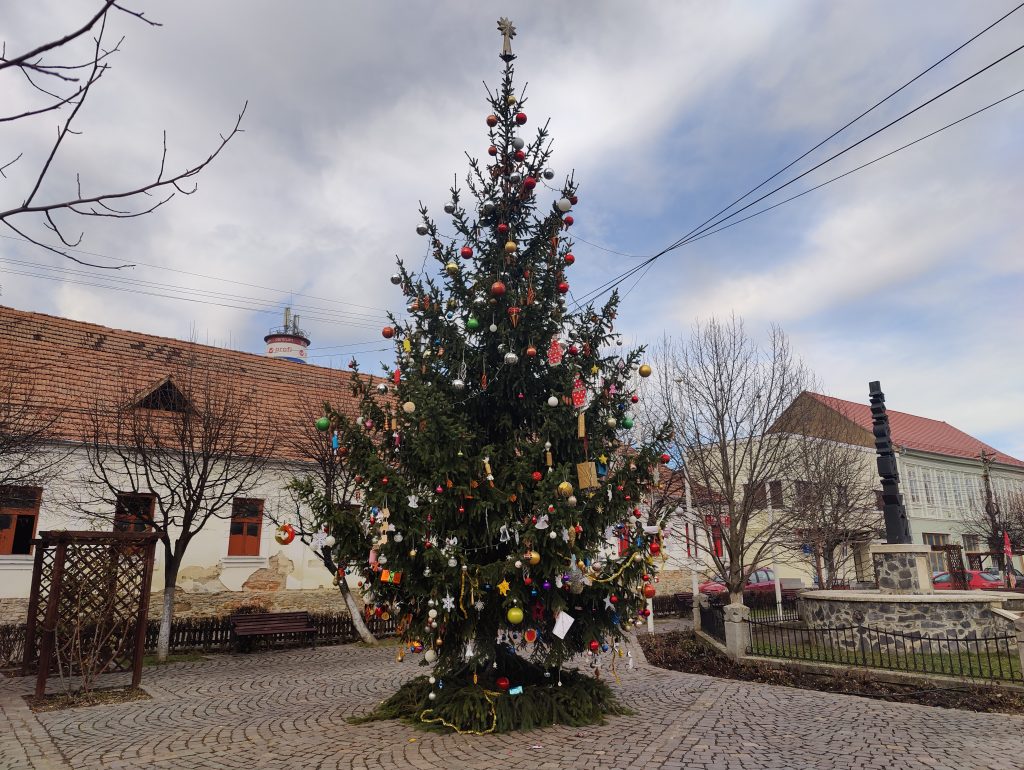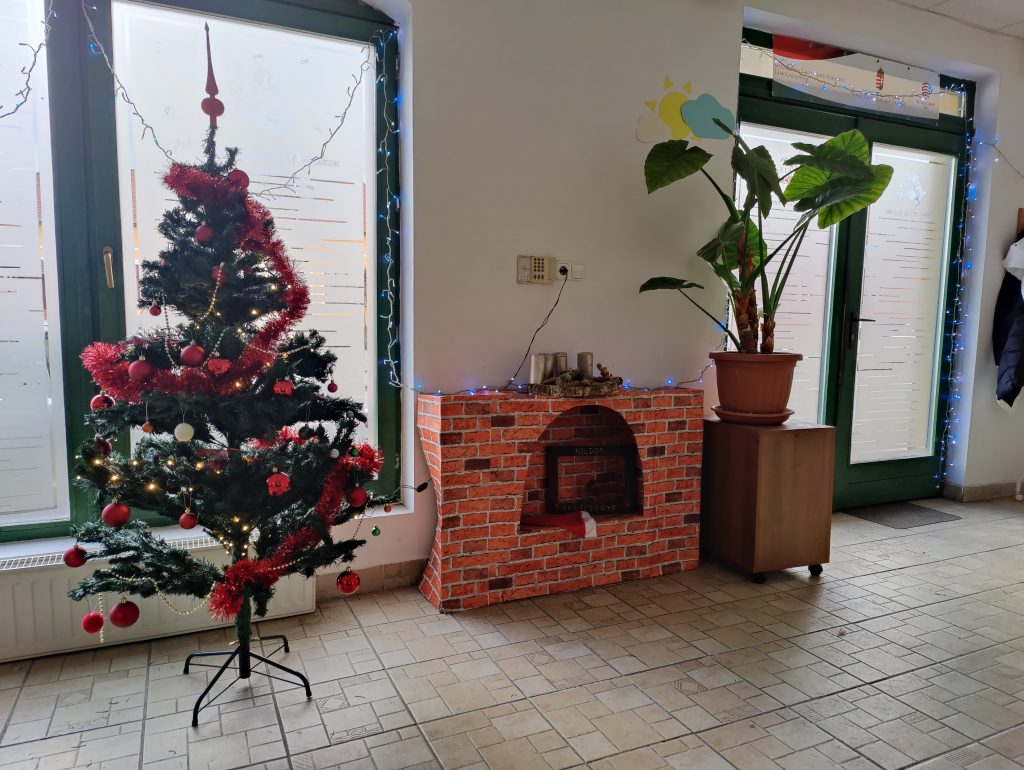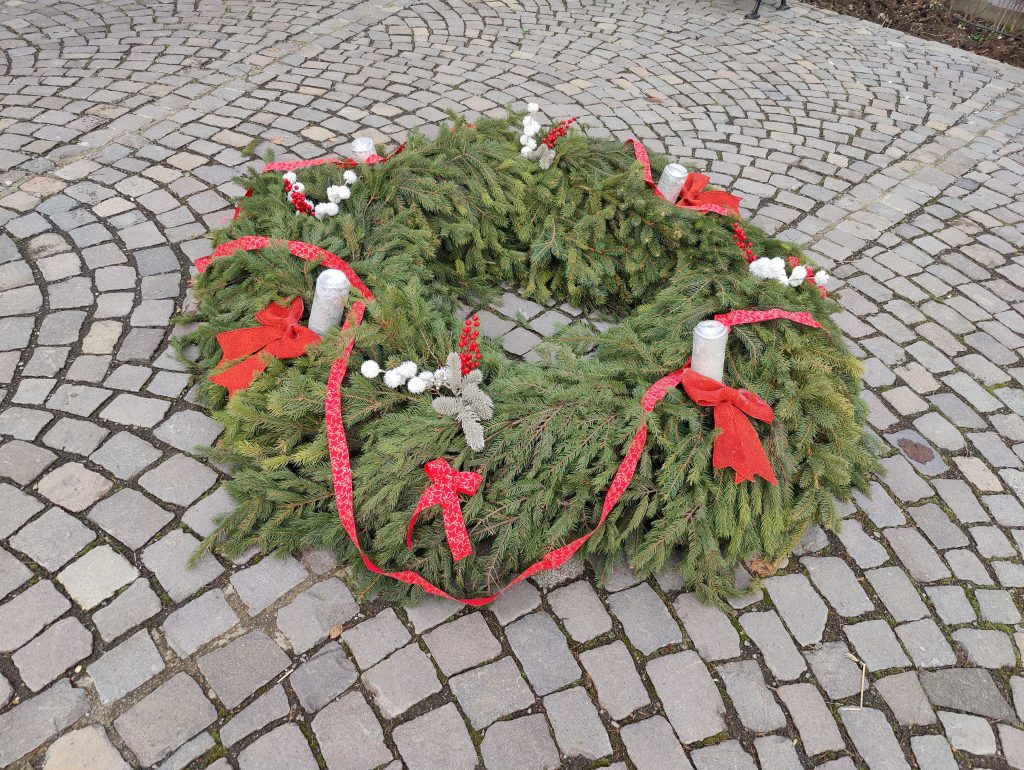Historical Background:
Situated along the road to Cristuru Secuiesc, The Heart of Jesus Chapel stands on the grounds of the former Gyárosfalva village, which merged with Odorheiu Secuiesc in 1571. The precise date of the chapel’s construction remains a mystery among experts, as it lacks definitive medieval details. While some speculate it to be from the 13th century, others have proposed a Renaissance-era origin in the 16th century.
Architecture and Features:
The chapel’s architecture has a distinct style, characterized by a floor plan that deviates from typical medieval structures. It is encircled by a low stone wall with an irregular oval shape, supported by buttresses. Historically, two bells hung on the porch of the hermitage. An inscription on one of the bells tells us that it was created in Segesvár (Sighişora) during the 19th century by one M. MANCHEN SCHAESBURG; unfortunately, however, one of these bells was stolen years ago, so the other is being kept privately in a safe place.
Exploring the Interior:
Upon entering The Heart of Jesus Chapel, visitors are able to get a glimpse into a bygone era. The interior exudes historical charm, boasting inscriptions, wall paintings, and intricate decor. The floor, paved with bricks, bears witness to centuries of worship. The coffered ceiling, replaced in the 20th century, showcases floral motifs, while the original 17th-century ceiling is a testament to the chapel’s enduring legacy.
Ecclesiastical Treasures:
The most noticeable of the chapel’s treasures, is the magnificent 18th-century Baroque altar gracing the northern apse. This exquisite work of religious art depicts the child Jesus with the Lamb, captivating observers with its intricate craftsmanship. Additionally, a unique wooden statue of Saint John of Nepomuk, dating back to the 18th or 19th century, stands in the niche of the Western apse. This rare depiction portrays the saint reverently holding his headwear in his hand.
Recent Restoration:
The Heart of Jesus Chapel underwent an extensive restoration project funded by the European Union, with additional contributions from the Hungarian Government and the local community. The successful completion of the restoration has reinvigorated the chapel, allowing it to resume its sacred and cultural roles. A ceremonial mass was held on June 11, 2021, coinciding with the Catholic feast day of the Sacred Heart – this mass marked the reopening of the chapel to the general public.
A Place of Pilgrimage and Contemplation:
The Heart of Jesus Chapel holds profound religious significance and attracts pilgrims from far and wide. Its serene location in a picturesque valley adds to its allure, providing a tranquil environment for prayer and reflection. In addition to religious ceremonies, the chapel will host marriage and baptismal ceremonies. Regular masses will also be taking place to cater to the spiritual needs of the faithful.
Preserving History and Local Heritage:
The chapel’s surroundings have also been thoughtfully restored, including the hermitage and the Szekler Gate, which offers a glimpse into the region’s rich history. The hermitage now houses a permanent exhibition, which showcases local history. It also displays replicas of artifacts discovered during archaeological research.
Conclusion:
The Heart of Jesus Chapel stands proudly as a symbol of history, faith, and cultural heritage in Odorheiu Secuiesc. Its enigmatic origins and unique architectural features will continue to intrigue locals and visitors alike. With its recent restoration, the chapel has regained its sacred role as a place of worship and spiritual contemplation. The beauty of its interior, adorned with inscriptions, wall paintings, and religious artwork, transports visitors to a bygone era. Ever since the chapel reopened its gates to the public in 2021, it has not only been preserving the historical fabric of the region, but it has also invited individuals to connect with their faith and immerse themselves in the rich heritage of Székelyudvarhely.
0





